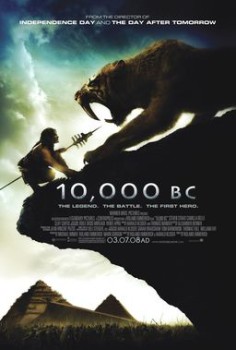The Long Reach of Night: The Voidal Vol. 2 by Adrian Cole
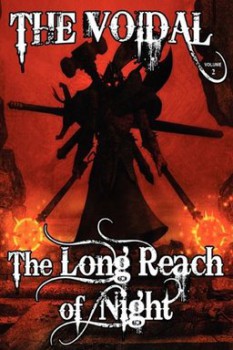 Last year I reviewed (quite favorably, after an initial aversion to it) The Oblivion Hand (2001), the first collection of Adrian Cole’s stories about the Voidal. To say they’re excessive, over the top, and incredibly phatasmagorical barely does them justice. They are all those things and much more. These traits are carried over into the second volume, The Long Reach of Night (2011), an even better book than the first.
Last year I reviewed (quite favorably, after an initial aversion to it) The Oblivion Hand (2001), the first collection of Adrian Cole’s stories about the Voidal. To say they’re excessive, over the top, and incredibly phatasmagorical barely does them justice. They are all those things and much more. These traits are carried over into the second volume, The Long Reach of Night (2011), an even better book than the first.
The Voidal is a man, cast out by the Dark Gods onto the currents of the Omniverse as punishment for some unknown sin. He has been stripped not only of his memory but also of his right hand, which has been replaced with the Oblivion Hand — a sentient-seeming thing that carries out the will of his tormentors. The Voidal is endlessly tossed about parallel dimensions and planets of the Omniverse, wholly against his will, a scourge in servitude to some celestial tribunal.
By the end of The Oblivion Hand the Voidal had acquired an associate, the froggy familiar, Elfloq. Together they set out on a search, from one hellish locale to another, for how to restore the Voidal’s lost memories and free him from the control of the Dark Gods.
Like its predecessor, The Long Reach of Night is a fix-up. Two of the stories appeared in magazines previously, but the rest appear here for the first time.
It is Elfloq who is the real protagonist of this book. For much of the time, the Voidal is lost somewhere in the aether. In each story the familiar is forced to hunt for clues to where his master is, ever formulating a plan to get one step closer to their goals.
Sometimes Elfloq is forced to undertake some dangerous task in exchange for information. In the first story, “The Preposterous Library,” he must travel through the pages of a book entitled The Skullworks to a pocket world of the same name.
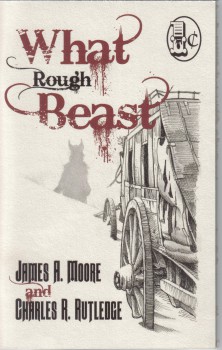
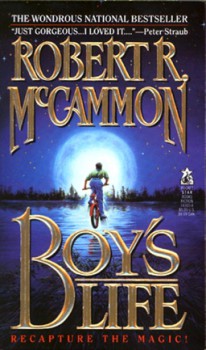

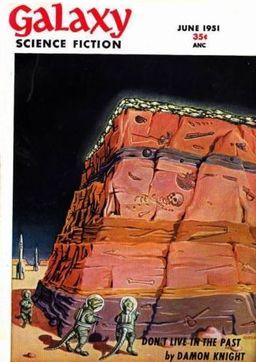
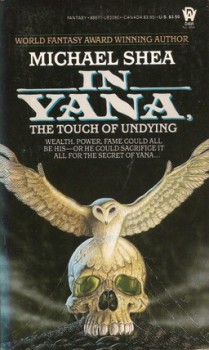
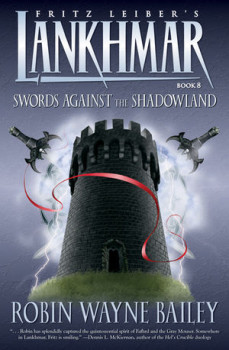
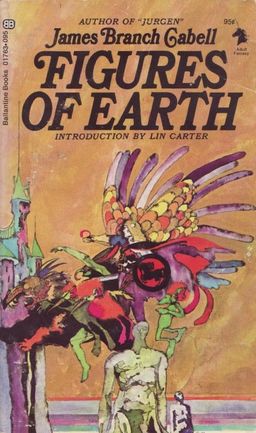
 Usually I write here about books I’ve read and enjoyed. It’s really quite selfish: thinking about a good book extends the pleasure I get from reading it. This post, though, is a little different. I’m going to write about a science fiction trilogy in order to work out why I don’t like it more than I do. These are good books, even excellent books. But something about them didn’t grip me the way I would have thought they might.
Usually I write here about books I’ve read and enjoyed. It’s really quite selfish: thinking about a good book extends the pleasure I get from reading it. This post, though, is a little different. I’m going to write about a science fiction trilogy in order to work out why I don’t like it more than I do. These are good books, even excellent books. But something about them didn’t grip me the way I would have thought they might.